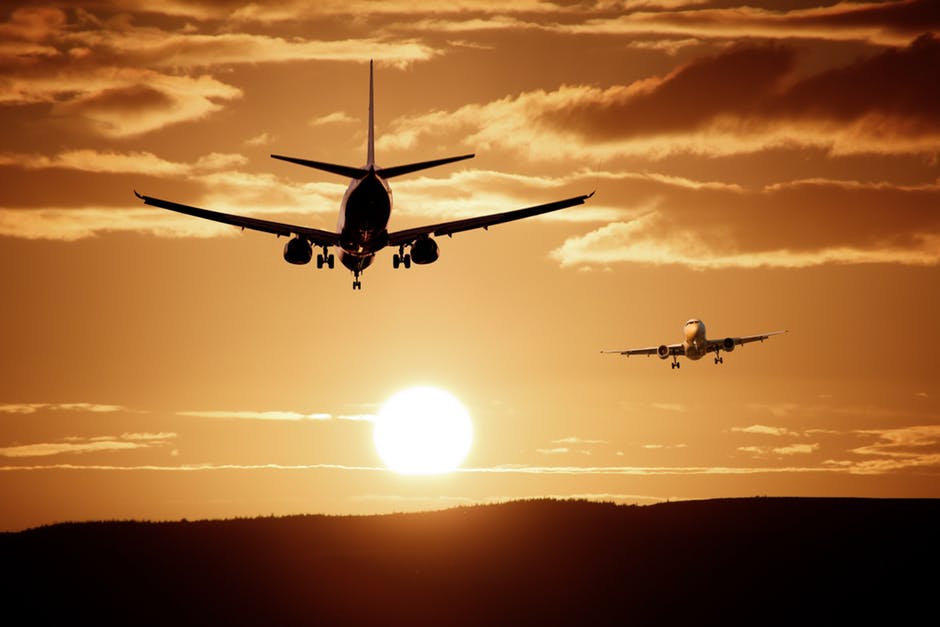
The idea of being a pilot sounds really cool and a lot of fun. After all, you’re in control of an airplane, and you can fly anywhere in the world. But there is a lot of prep and paperwork that goes on behind the scenes that many of us don’t know about it. What kind of work, you ask? You have to keep track of your flying hours, you might have expiring visas, you need to know who you’re flying with, and what potential weather problems lie ahead for you. That sounds like a lot that has to be done in advance of flying. Which is why Singapore Airlines is going to change that for pilots.
How? They are going to leverage Apple’s iPad in order to make the pilot duty process a bit easier for those who fly a lot. The airline started looking into this back in 2015, before rolling out iPads loaded with two essential custom apps, FlyNow and Roster. These iPads are secured with Apple’s TouchID, letting them ditch the previously used two-factor authentication dongles pilots had to carry around. That’s on top of the other apps that give pilots detailed weather information and flight charting information.
The apps are synced with Singapore Airline’s backend servers and are designed to be easy to use even for pilots who aren’t tech savvy. Which sounds a bit like an oxymoron doesn’t it? You can fly a plane, but you don’t know how to work the weather app on an iPad? But apparently that’st he case, which makes this step necessary. Captain Raj Kumar, deputy chief pilot of the B777 division explains:
“Pilots are creatures of habit, and if you don’t have a standard operating procedure, it can be hard for them to learn. Piloting is step based and very regimental. One of the main things was to make the apps easy to use — we told our pilots that anything yellow is interactive and tappable.”
The app Roster is designed as a personal companion for pilots. It provides them with a bunch of updates. It also lets the pilot know which flights are coming up, view the plane type as well as the types of passenger classes. Another important feature about this technology is the number of hours a pilot has flown. Pilots are legally only allowed to fly 100 hours in a month. What makes me laugh is that pilots have to manually track the flights themselves. But these apps have the capability to track hours. I mean, it shouldn’t be hard to track hours manually, but if there is technology already capable of telling you which flights are coming up – it should also be able to tell you how much you’ve flown.
As for FlyNow, the app delivers information such as routing, weather forecasts, and fuel load. The iPad can also be used as a calculator for fuel and routes. It’s a lot faster as well, as Kumar told me that computers on the plane tend to user older processors that have been certified by flight authorities, instead of modern chips such as the latest and greatest Intel Core i9-9900k.
Singapore Airlines isn’t the only aviation company that is looking at Apple’s iPad for cockpit use – British Airways has also rolled out their own version. I suspect more airlines will get on board with this soon as it’s a great use of technology.
